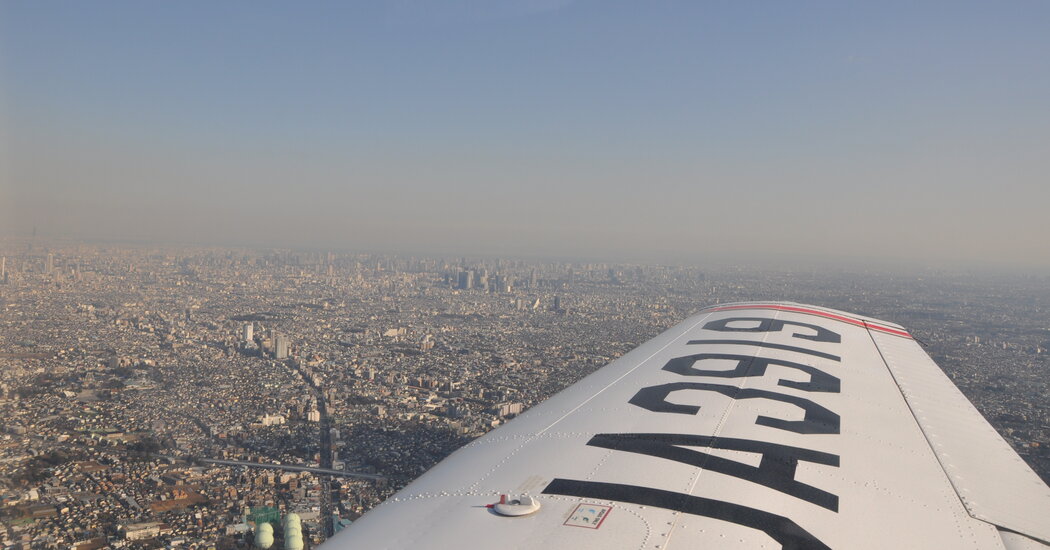In 10 flights over Japan, researchers found a host of bacteria and fungi. These high-altitude germs could help spread disease around the world.
The sky may not seem like a promising place to find life. But in the 1920s, scientists flew planes across the United States and caught floating spores.
A century later, the living atmosphere remains a fairly mysterious place. On Monday, researchers reported that on flights over Japan, at altitudes as high as 10,000 feet, they had caught hundreds of different types of bacteria and fungi. The team estimated that the microbes had flown over 1,200 miles when they were captured. Most intriguing of all, some of the species might be able to cause diseases in people.
“A third of the bacteria and slightly more of the fungi can be considered potential human pathogens,” said Xavier Rodó, a computational ecologist at the Barcelona Institute for Global Health, who led the work.
Dr. Rodó cautioned that the new study offered no direct evidence, however, that high-altitude microbes could cause human outbreaks when they fell to the ground. But he argued that it offered hints that winds helped spread diseases. “This is something that deserves attention,” he said.
The idea for the flights originated from Dr. Rodó’s research into a mysterious condition known as Kawasaki disease, which causes fevers, rashes and, sometimes, deadly heart attacks. Researchers have long debated whether the disease is caused by a pathogen, a faulty immune system or a combination of the two.
Cases of Kawasaki disease come in surges. Dr. Rodó and his colleagues found that surges in Japan often occurred when winds blew in from northeast China. And when those same winds reached California, cases rose there as well.
